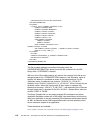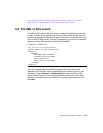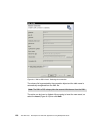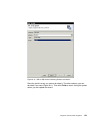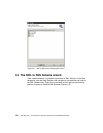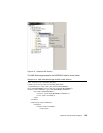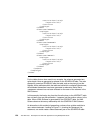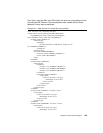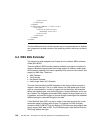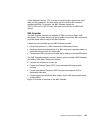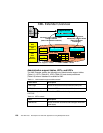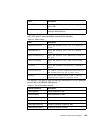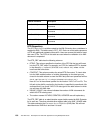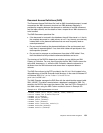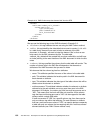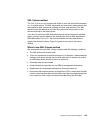
126 The XML Files: Development of XML/XSL Applications Using WebSphere Studio
</restriction>
</simpleType>
</element>
<element name="ARRIVAL" nillable="true">
<simpleType>
<restriction base="string">
<maxLength value="10"/>
</restriction>
</simpleType>
</element>
</schema>
The main difference here is that the primary key is now generated as an attribute
and a sequence has been forced on the remaining columns and they can be set
to null.
6.4 DB2 XML Extender
This section has been adapted from Chapter 9 of the redbook
DB2 e-business
Guide
(SG2-6539).
There are different DB2 Extender products available to provide the functions to
support e-Business requirements that include support for different media types,
full text search capability, fast search capability to be used over the Internet, and
support for XML data. These are:
XML Extender
Text Extender
Net Search Extender
Audio Image Video (AIV) Extender
The basic idea behind all the DB2 extenders is that they provide the means to
support a new data type. That is, a table column can hold special type of data,
such as a text document. In order to support the new data type, the extenders
define user defined types, user defined functions, stored procedures, and a new
set of tables. The Extenders also exploit DB2's support for large objects of up to
2 gigabytes, and use DB2 triggers to provide integrity checking across database
tables ensuring the referential integrity of the data.
A User-Defined Type (UDT) is a way to create a new data type that has its own
semantics based on existing built-in types. For example, the XML Extender
creates the XMLCLOB UDT from the existing CLOB (character large object) data
type to support XML data in DB2. The CLOB data type is itself derived from the
LOB (large object) data type.



